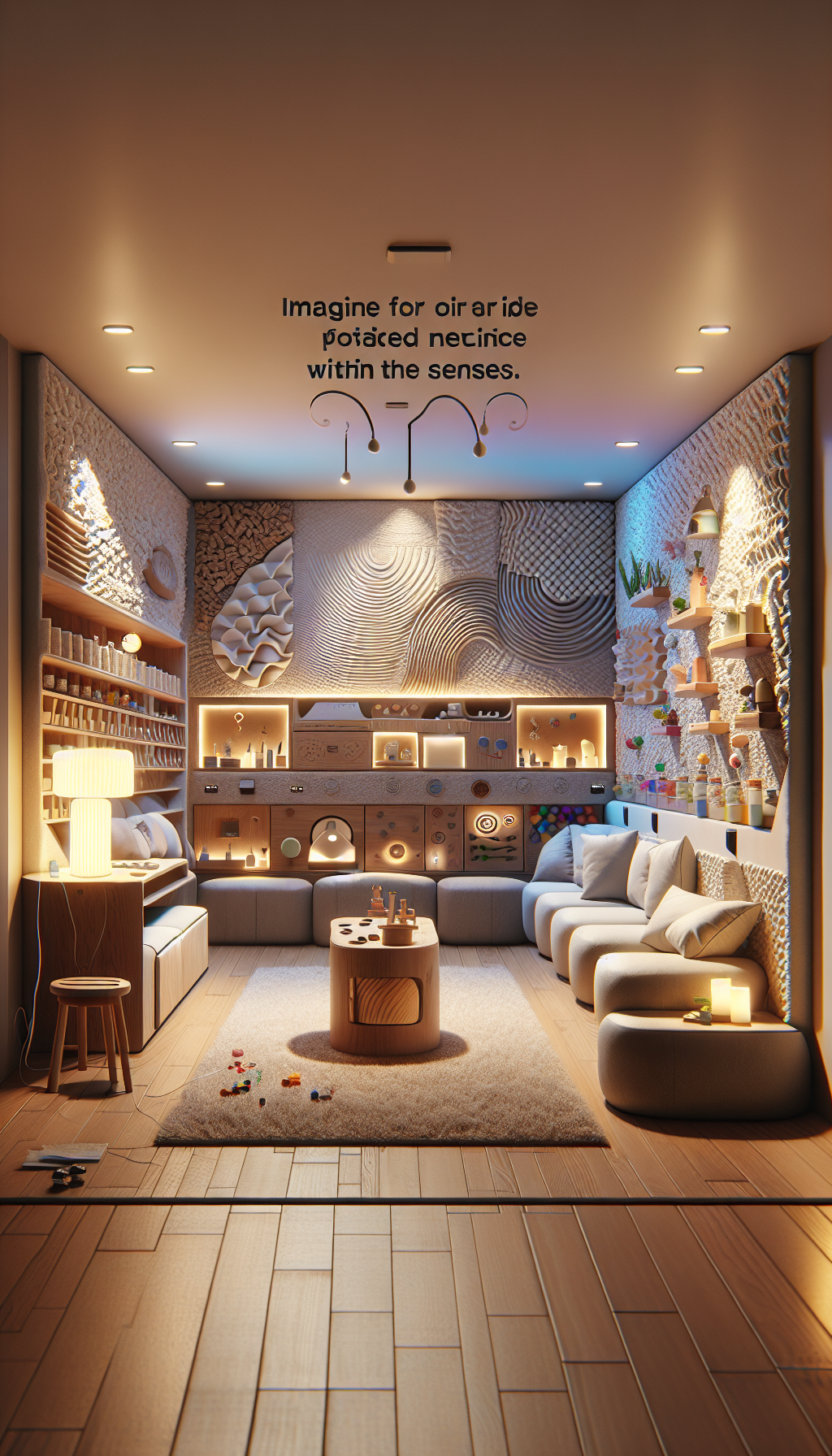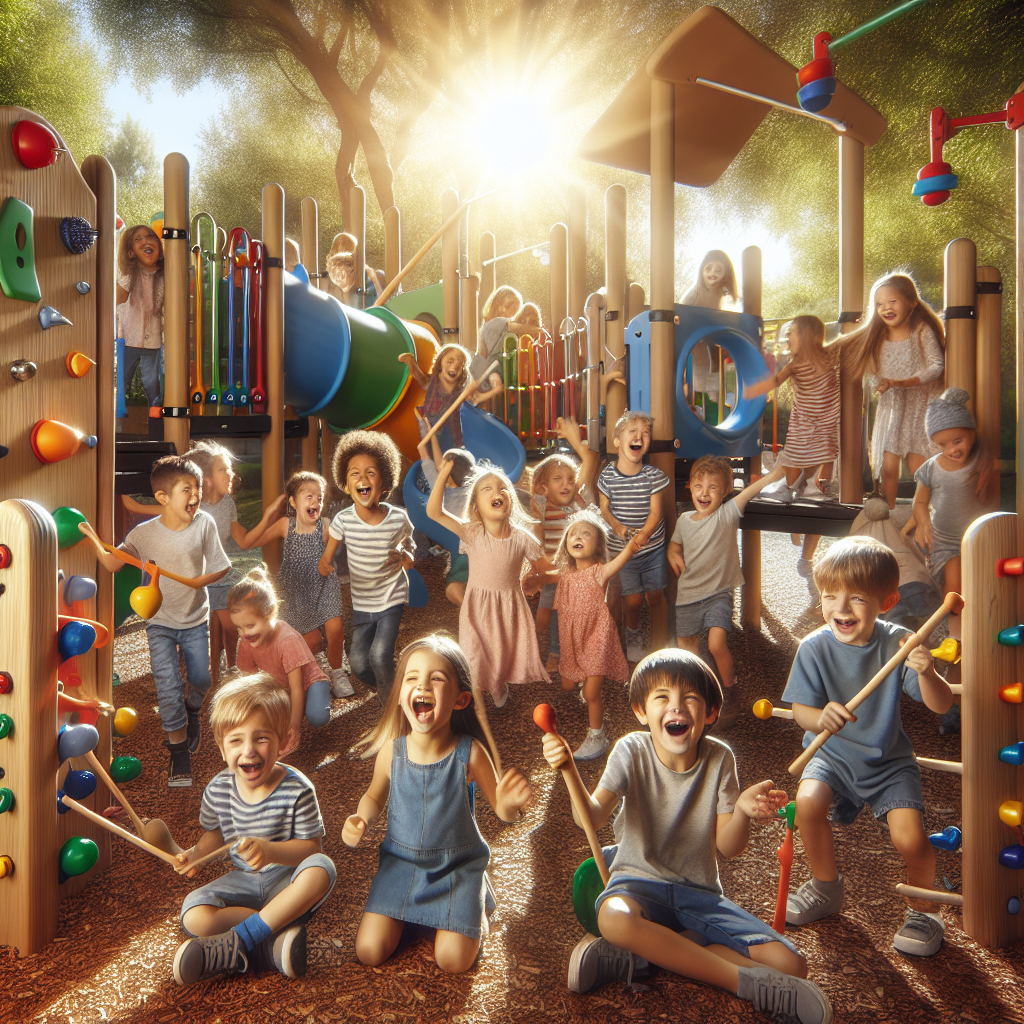The concept of sensory play is often associated with the notion of simple fun for children, but its implications for development, particularly in fostering creativity, are profound and far-reaching. Sensory play involves activities that stimulate a child’s senses of touch, smell, taste, sight, and hearing, as well as anything which engages movement and balance. In this comprehensive exploration, we delve into the mechanisms by which sensory play nurtures creativity, and how it forms an integral part of holistic development.
Sensory Play and Brain Development
Children are naturally curious and eager to explore the world around them. Sensory play feeds this intrinsic desire by providing an array of experiences to learn from. It is well-documented that such play has a vital role in brain development. As children engage with different textures, colors, and sounds, neural pathways are built in the brain, supporting cognitive growth, language development, gross motor skills, social interaction, and problem-solving skills.
To understand the impact of sensory play on creativity, it is essential to recognize that creativity is not just the ability to produce art or music—it is a mode of cognitive processing that allows an individual to think outside the box and come up with innovative solutions to problems. Sensory experiences lay the groundwork for this kind of thinking by providing the raw material from which ideas are constructed.
For additional insights into the connection between sensory experiences and cognitive functions, readers can explore Sensory Health, which provides a broader understanding of how our senses contribute to overall wellness.
Sensory Play as a Catalyst for Creativity
Sensory play provides a unique opportunity for children to harness their creative potential in several ways:
Unstructured Play
Unstructured sensory activities allow children to make decisions, leading to a sense of autonomy and confidence in their creative choices. This freedom encourages experimentation and discovery, which are at the heart of creative thinking.
Multisensory Stimulation
Engaging multiple senses simultaneously can lead to more complex learning experiences. For example, playing with scented playdough while listening to music can stimulate creative connections that might not occur in a more sterile sensory environment.
Emotional Expression
Sensory play can also be a safe avenue for emotional expression. It’s not uncommon for children to express feelings and experiences through the medium of play, which can then translate into other areas of creative expression as they develop.
For a deeper understanding of how sensory play can help with emotional regulation, consider reading about Emotional Regulation Through Sensory-Based Strategies.
Language and Storytelling
As children describe their sensory play experiences, they develop language skills and the ability to tell stories. This can be a precursor to written creativity, as they learn to articulate and share their imaginative ideas.
Implementing Sensory Play in Various Environments
While sensory play is beneficial in any setting, its implementation can be particularly impactful in educational environments where creativity is nurtured.
Sensory Rooms
Educational settings are increasingly incorporating sensory rooms, which are dedicated spaces that provide a variety of sensory experiences. These rooms can be especially beneficial for sensory-sensitive students, offering a controlled environment in which they can engage with sensory stimuli at their own pace.
To recognize the importance of design in such environments, Critical Considerations for Sensory Room Development in Educational Settings offers valuable strategies.
Sensory Diets
The concept of a sensory diet—a personalized activity plan that provides the sensory input a person needs to stay focused and organized throughout the day—is applicable not just to children, but to adults as well. Incorporating sensory play into a sensory diet can provide structured opportunities for creative engagement.
Learn more about this concept by visiting The Benefits of Sensory Diets in Adults with Sensory Processing Disorder.
Sensory Inclusive Playgrounds
Outdoor spaces can also be transformed into sensory-rich environments. Sensory inclusive playgrounds, for example, offer a variety of play equipment and experiences that cater to different sensory needs, promoting inclusive play and creative interaction among children of all abilities.
For insights into designing such spaces, the article on Designing Sensory Inclusive Playgrounds can provide further guidance.
External Resources Supporting Sensory Play and Creativity
To further support the points made in this article, the following niche resources offer valuable information:
- The American Occupational Therapy Association provides in-depth resources on sensory integration and its significance in therapy, which is closely related to sensory play.
- Research on the impact of sensory play on learning and development can be found in professional journals such as the "Journal of Early Childhood Research."
- The Zero to Three organization offers resources that detail the role of play in the early years and its effect on various aspects of development, including creativity.
Conclusion
Sensory play is far more than a simple diversion; it is a critical element in nurturing the creative capacities of children. By providing a rich tapestry of experiences through which children can explore and express themselves, sensory play lays the foundation for innovative thinking and problem-solving skills that will serve them well into adulthood.
As we recognize the multifaceted benefits of sensory play, it is incumbent upon educators, parents, and caregivers to integrate these experiences into children’s daily routines. By doing so, we not only enhance their sensory health but also open the doors to a world of creative possibilities that can enrich their lives in innumerable ways.



